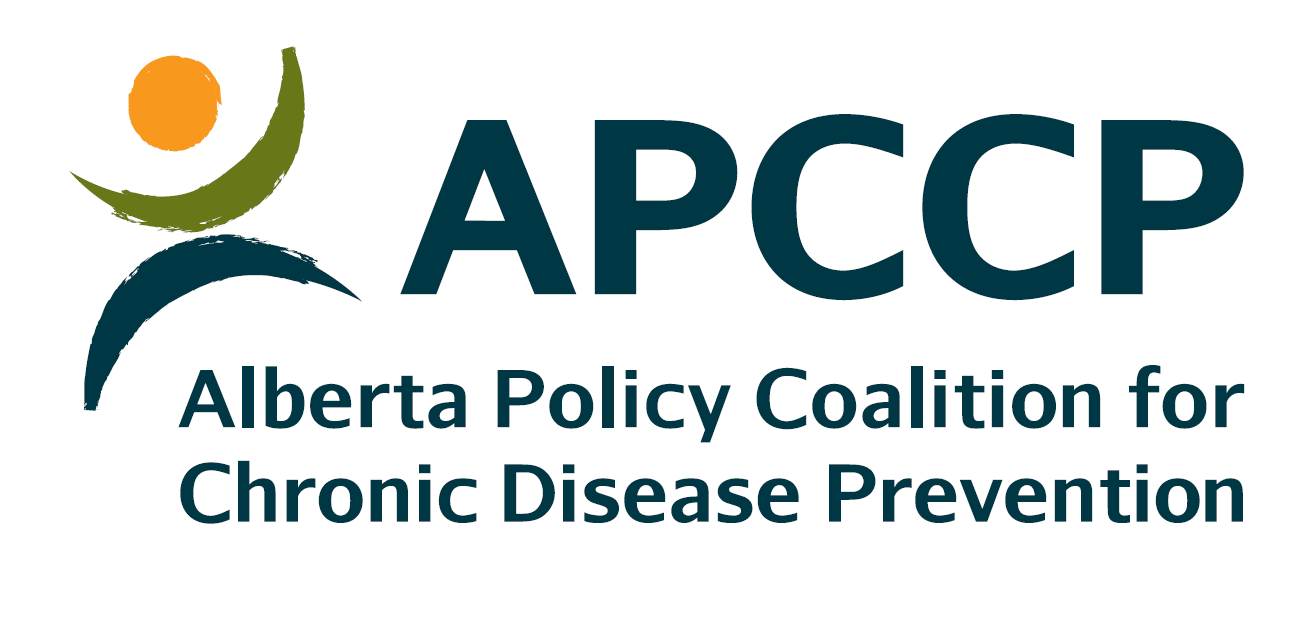Learning Objective 1:
What kind of information will we collect?
The food environment where children live, learn and play shapes what they eat and how they think about food. We call each of these places ‘settings’.
Settings include:
- Schools
- Childcares
- Recreation facilities
- Public buildings
- Restaurants
- Grocery stores
- Community resources
- Local government
For each setting, you will be collecting information on different indicators to help assess how healthy the food environment is. The indicators benchmark the following:
- Available food
- Cost of food (healthy vs unhealthy)
- Food-related policy
- Tools to help implement food policy
- Food vendor contracts specifying healthy food
- Barriers to offering healthy food
- Subsidized fruit/veg program
- Type of food outlets close to schools
- Nutrition education/weight bias information
- Weight stigma Info
- Marketing of healthy/unhealthy foods
- Permit/facilitate breastfeeding; WHO baby-friendly standards
- Nutrition information at point of purchase
- Children’s cereal nutrition information
- Shelf labelling
- Nutrition-related community resources: local support free of charge, emergency/temporary food programs, and number of healthy food vendors available
- Whether local government considers health impacts when creating policies
Q: How many questions are there?
| Settings | # of questions | Type of question |
|---|---|---|
| Schools | 22 |
|
| Childcares | 11 |
|
| Recreation facilities | 15 |
|
| Public buildings | 16 |
|
| Restaurants | 3 |
|
| Grocery stores | 2 |
|
| Community resources | 5 |
|
| Local government | 1 |
|
Q: What if I cannot collect all the information at once?
You can start your survey, save your results, and complete it over time. Working with a team of people to collect and enter the data will speed up the process. It’s a team effort!



